By: Andrea Cipriano, MAFP
Dennis Rader, 78, is a sexual sadist serial killer who pled guilty to 10 counts of first degree murder. Latest developments suggest there may be more people who lost their lives as a result of his violence. Here’s everything you need to know about Rader — and the victims he’s killed.

Dennis Rader — Quick Facts
Name: Dennis Lynn Rader (78 years old)
Monikers: BTK; BTK Killer; BTK Strangler; “Bind, Torture, Kill.”
Date Apprehended: February 25, 2005, while on his way home to have lunch with his wife — who had no idea that her husband was a monster.
Known Active State: Kansas
Possible Active States: Oklahoma and Missouri
Date of Confirmed Murders: January 15, 1974 — January 19, 1991
Background: Rader is an American sexual sadistic serial killer who was found guilty of murdering ten people in Wichita and Park City, Kansas. Rader worked at the Wichita-based office of ADT Security Services, where he installed security alarms as part of his job. He typically targeted women as his victims, but he occasionally killed or attempted to kill men and children when they interfered with his fantasies.
Rader is most known for tying himself up while wearing clothing he took from his victims. Not only would he wear the clothes of the victims, he would frequently wear a mask that resembled a woman’s face.
One mask was decorated to have eyelashes, red lipstick, and worried eyebrows. Another mask had heavy eye, cheek, and lip makeup and was worn with a blonde wig.
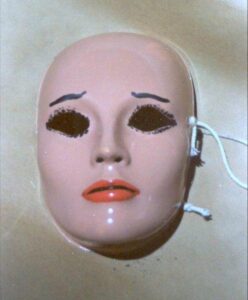
Family: Rader was married to Paula Dietz and together they have two children Kerri and Brian. After Rader’s arrest, his wife was granted an “emergency divorce.” To this day, Kerri Rawson, BTK’s daughter, is a fierce advocate for the victims and works closely with law enforcement to solve the cold cases connected to Rader.
Criminal Penalty: Rader pled guilty to 10 counts of first degree murder, and was sentenced to life imprisonment without the possibility of parole. He is currently carrying out his 175 year punishment of 10 consecutive life sentences at the El Dorado Correctional Facility in El Dorado, Kansas, a maximum security prison.
BTK Victims: Know their names.
Regarding Victimology, Dennis Rader’s victims varied in age and background. He targeted women and young women, but also took the lives of men and children who were present in the victims’ homes. Surviving BTK, a blog, has one of the most in-depth recordings of who the BTK victims were beyond just the details of the assaults.
Rader referred to his victims as “PJ”s or “projects” in his communications, particularly in letters and writings sent to the media, law enforcement, and even his victims’ families.
This chilling — and dehumanizing term — provided insight into Rader’s disturbing mindset and reflects his detached and callous approach to his crimes. It also underlines his approach to how he saw his stalking, abducting, and killing as genuine work that needed to be carefully planned.
The Otero Family — Suffocated, Strangled, and Hanged on January 15, 1974
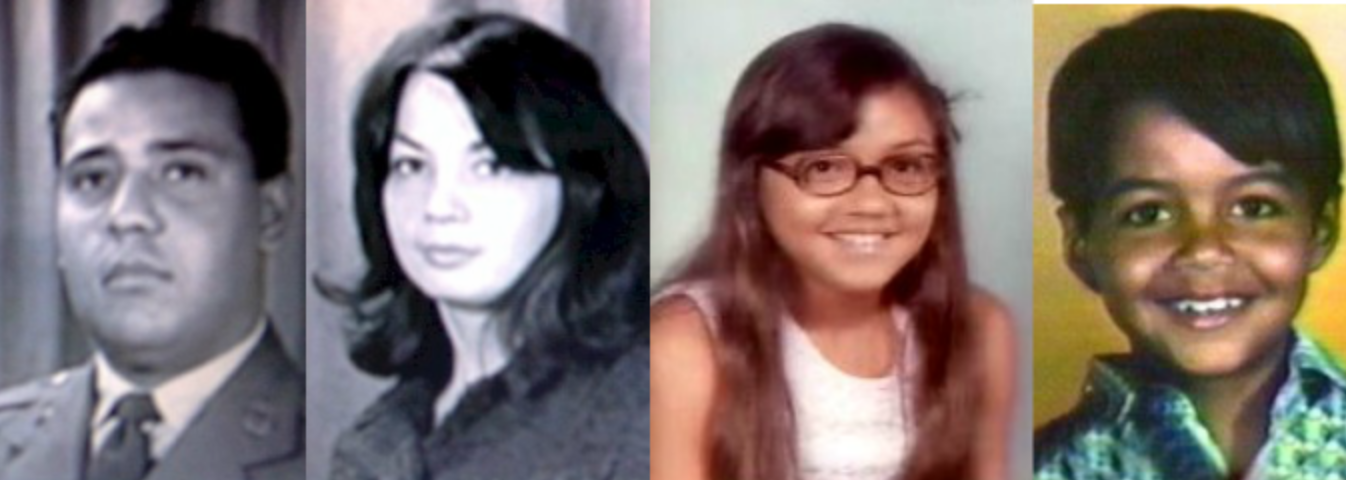
Rader’s documented killings began in January 1974, when he targeted his first “project” — the Otero family, who had been living in Wichita for less than six months. Originally, he had set his violent sights on Julie and the 11-year-old daughter, Josie.
The Ortero family was big — parents Julie and Joseph had five children. On that fateful morning, the oldest children had gone to school, leaving the two youngest, 9-year-old Joey and 11-year-old Josie at home with their parents.
Rader suffocated and strangled the family with plastic bags for the males, and rope for the females.
Charlie Otero, the 15-year-old son who was out at school that day, came home that afternoon and found their dog, Lucky, outside. When we went through the back kitchen door, he walked into a nightmare.
Charlie has described his father as outgoing and jovial, and his mother as a very caring, loving Catholic woman.

Kathryn Bright — Stabbed April 4, 1974
Only a few months after the Otero family murders, Rader broke into the home of Kathryn Bright and hid in the bedroom, waiting for her to come home. A few hours later, she arrived home — but was with her brother, Kevin. Rader rushed out of the bedroom, saying he was a wanted criminal, waving a gun around. He ultimately tied up and separated the siblings.
Kevin, despite being shot in the head multiple times, was able to escape and find help — but he was too late. Kathryn put up such a fight in Rader’s attempted strangulation that he stabbed her multiple times in the abdomen. She succumbed to her injuries.
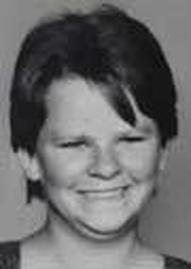
Shirley Ruth Vian — Strangled March 17, 1977
Three years later, in 1977, Rader posed as a detective and got inside the Vian family home. Once inside, he forced Shirley’s three children at gunpoint into a bathroom and locked them inside. He then tied her up and strangled her to death. Rader later confessed that her telephone rang, causing him to expedite the attack and leaving the children still locked inside the bathroom screaming for their mom.
Shirley was only 24 years old, leaving behind her three kids and husband, Richard.
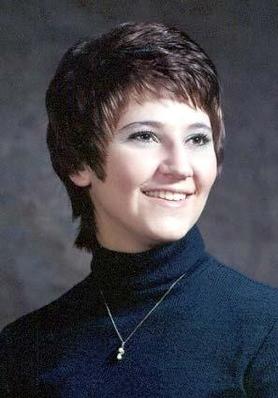
Nancy Jo Fox — Strangled December 8, 1977
On December 8, 1977, Nancy Fox, a single woman who worked two jobs and lived alone in a duplex, became “BTK” Dennis Rader’s seventh victim.
“She was very outgoing, very friendly,” Nancy Fox’s sister, Beverly Fox, told 20/20. “She was one to speak her mind. She didn’t keep quiet.”
Rader had been stalking her for about two weeks when he eventually broke into her duplex apartment and waited for her. Once she arrived home from her job at a jewelry store, Rader told her that he had a “sexual issue” and that he was going to tie her up and rape her. Ultimately, Nancy was strangled.
A day after the murder, Rader found a phone booth and reported the murder of Nancy Fox to police. It’s almost as if he wanted the world to know there was another BTK victim.
“You will find a homicide. 843 South Pershing. Nancy Fox,” Rader was recorded telling the dispatcher. He left the phone dangling from the chord. The police replayed the recording of his voice to other victim’s family members and even tried to match the voice to other offenders, but they never found a match.
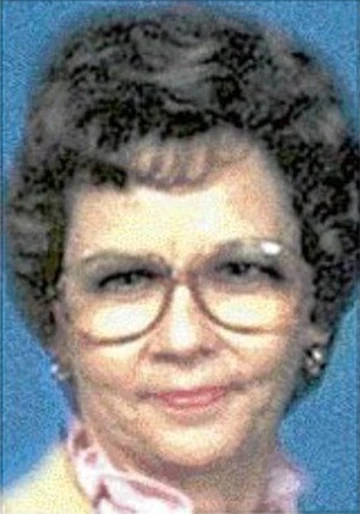
Marine Wallace Hedge — Strangled April 27, 1985
By 1985, it had been some time since Rader last murdered.
On April 27th of that year, he left in the middle of a Cub Scouts meeting complaining of a headache. When driving by Marine’s house — which was just six doors down from Rader’s own home — he cut the phone lines and snuck in. Marine was a 53-year-old widow described as a kind and gentle woman.
After waiting in Marine’s bedroom closet until 1:00 a.m. the following morning, Rader came out of hiding, turned on the bathroom light, and choked her to death.
He ultimately took Marine’s body to the church basement in order to pose and photograph her. He then dumped her remains along a dirt road in Park City.
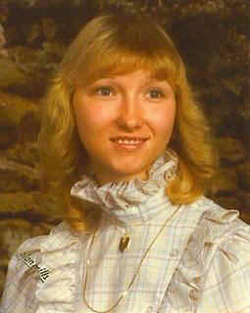
Vicki Lynn Wegerle — Strangled September 16, 1986
In the fall of 1986, Rader would often hear beautiful piano playing when he’d walk by a house. He became obsessed with the music, and after discovering that Vicki Wegerle, a young mother with a small family was home alone often.
At 10:00 a.m. on September 16, Rader dressed up as a telephone repairman with a briefcase and helmet. He walked around the house for a moment before going up to Wegerle’s door. Vicki answered, and Rader said he was doing repairs around the neighborhood, and he asked if he could check her telephone line inside.
She let him inside, and after a few minutes of Rader fumbling around with tools to fake a repair, he drew a pistol and forced her into the primary bedroom.
After a long and intense struggle, Rader strangled Vicki with a nylon stocking. After she was motionless, he posed for three photographs before taking her car keys and using her vehicle as his getaway car.
Vicki was found soon after by her husband when he got home. She rushed to the hospital while clinging to life, but was pronounced dead after a few hours.

Dolores Earline Johnson Davis — Strangled January 19, 1991
Based on what we currently know to be true, by 1991, Rader han’t killed anyone in roughly four years. Because of this, and the fact that some of his previous victims put up a vicious fight to stay alive, Rader targeted an older woman.
Rader lived a mile and a half way from Dolores “Dee” Davis, a 62-year old woman who lived alone.
On January 19, 1991, Rader came up with an excuse to slip out of a Boy Scouts meeting where he drove to his parents’ house to change out of his Scout uniform into his “hit” clothes.
After changing, he drove and parked his car in the Baptist Church lot, and walked to the Davis house on foot.
Once there, under the protection of the darkening evening sky, Rader broke the glass door at the back of the house with a cement block he found in the yard. Once inside, he told Dolores that he was a criminal on the run and needed food and money. He put her in handcuffs, and forced her into the bedroom.
Ultimately, Rader ransacked Dolores’s bedroom looking for trophies to take with him before strangling her with pantyhose.
Rader had another night time commitment, but didn’t want to leave her body in the house. So, he put her body in the trunk of her own car, drove to a lake in Park City, and hid her under some trees. He then drove the car back to her house, wiped it down for fingerprints, retrieved his gun, and left to go back to his other commitment.
At a later date, he went back to move Dolores’s body, and left it under a bridge in Sedgwick County where she was ultimately discovered — still with the pantyhose around her neck, and with the horrifying and infamous BTK mask in the dirt next to her body.
Rader had put the mask on her remains, and photographed the scene.

Who are the new victims Dennis Rader is accused of killing?
Cynthia Dawn Kinney, 16, was born on January 17, 1960. At the time of her disappearance, she was a popular junior at her high school. She had just made the varisty cheerleading team and was excited for the summer ahead.
On June 23, 1976, Cynthia was working at her aunt and uncle’s buisness, the Osage Laundromat in Pawhuska, Oklahoma — which is only a few hours away from where Rader lived at the time. Investigators believe Rader would’ve been out that way becuase the bank across the street from the laundromat was having new alarms installed at the time, and it’s possible he was sent out to install a system through ADT.
She was last seen at 9:30 a.m. reportedly getting into a faded beige 1965 Plymouth Belvedere. She left behind her purse, drink, and a half finished donut.
Her family says that her vanishing was completely out of character.

Rader has also been named as the “prime suspect” in the death of 22-year-old Shawna Beth Garber, whose body was found in 1990 but wasn’t identified until 2021. While an unidentified victim, she was known as “Grace Doe.”
Shawna had been raped, strangled, and discovered with restraints and bindings. Shawna’s body was found in McDonald County, Missouri, despite going missing in Oklahoma.
Kerri Rawson, cold case advocate and Dennis Rader’s daughter, says “Brace. This is just the beginning. We will get answers for these families”
In addition to Cynthia’s disappearance and Shawna’s murder, there is another missing woman from Hays, Kansas, in 1983, referred to as “PJ Prairie” (PJ standing for “project”) in Rader’s journals, a case referred to as “PJ Mossy Lake” from Garber, Missouri, and an unsolved murder in Kansas referred to as “Project Bell.”
A unsolved violent crime in Oklahoma, known as “Oklahoma case #2,” is also being looked at, according to the Independent.
How did Dennis Rader get linked to these unsolved crimes?
Investigators are sharing that Rader’s own twisted journal entries may have given out just enough information to connect him to the unsolved disappearances of an Oklahoma teenager — and others.
In regards to Cynthia’s missing person case, it’s a “laundry mat” detail with a brunette victim from the same year she went missing that has caught the eye of current investigators — namely Lead Investigator Osage County Sheriff Eddie Virden.

“Laundry Mat were [sic] a good place to watch victims and dream,” Dennis Rader wrote in a 1976 journal entry titled “PJ-Bad Wash Day,” an excerpt shared by the Osage County Sheriff’s Office. “The Brunette was the target,” he added, noting that he was “out of town until things cool down.” Rader went on to write that he would masturbate after watching women at the establishment.
Because of these writings, the multiple trophies, a “pantyhose ligature,” chains and C-clips used for restraint that Osage authorities found in the backyard of the Rader’s former home, detectives are broadening their search for unsolved cases with similar MO and victimology.
There were also discoveries that the team has not yet shared publicly, according to officials close to the case.
What was Dennis Rader’s childhood and young adult life like?
Rader grew up in Wichita, Kansas and while his father, a plant operator at a utility company, was strict, Rader’s friends told The New York Times that he was never cruel.
“Raders are a little bit stubborn, but not mean,” Rader’s first cousin Lee Rader told the outlet in 2005, as quoted by Oxygen.
Dr. Katherine Ramsland, a professor of forensic psychology who corresponded with Rader for more than a decade, described Dennis growing up as, “an all-American boy, the oldest of four boys in his family. He had an intact family and played on his farm.”
Rader says he spent his childhood playing cops and robbers with other children in the neighborhood, reading comic books, and visiting the local dime store.
While recounting his favorite memory from his school days, Rader said that he loved recess, story time, last days of school, snowball fights, art class, lunch, and an old merry-go-round.
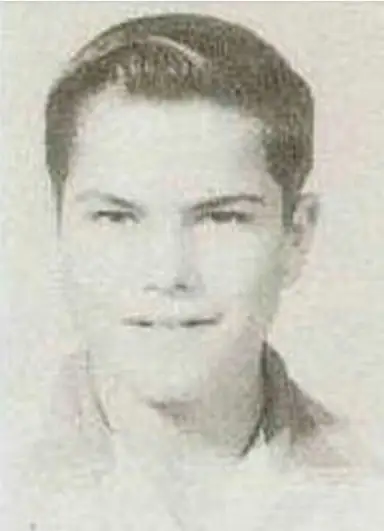
It’s easy to see how growing up, Rader’s childhood was no different than many people’s experiences. To that end, Dr. Ramsland says things at home between Rader and his mother were far from comfortable.
Dr. Ramsland says that in her correspondence with this killer, Rader shared that his mother would ignore and humiliate him often, which slowly started to impact his relationship with women in power.
“Teachers, girls he liked made him feel completely off balance and he hated that, so there’s a development through his life of his need to keep women under control,” Dr. Ramsland told Oxygen.
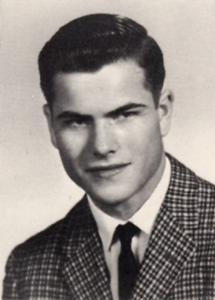
As a teenager and young adult, Rader acted out sexual fetishes for voyeurism, autoerotic asphyxiation, and cross-dressing. He was often caught spying on female neighbors, and would eventually get caught stealing a woman’s underwear. Rader would later admit to wearing the clothing he had stolen and masturbating with ropes or other bindings around his arms and neck.
As Rader got older, he went to college for a year before dropping out and joining the Air Force. Soon after, Rader returned to Wichita and married Paula Dietz, a woman who had gone to the same high school as him. The couple later had two children.
Who is Dennis Rader, the BTK Killer, and what does BTK stand for?
As a married adult and father of two, Dennis Rader attended Butler County Community College in El Dorado, earning an associate degree in Electronics Engineering Technology in 1973. He then enrolled at Wichita State University, and graduated in 1979 with a Bachelor of Science degree, majoring in Administration of Justice.
Rader was a member of Christ Lutheran Church in Wichita, and had been elected president of the church council while also being a Cub Scout leader in the area
While working at the Wichita-based office of ADT Security Services from 1974 to 1988, Rader installed security alarms in homes and businesses. When he installed the systems in people’s homes, he’d often hear how people were getting the system because they were afraid of the BTK Killer in the area.
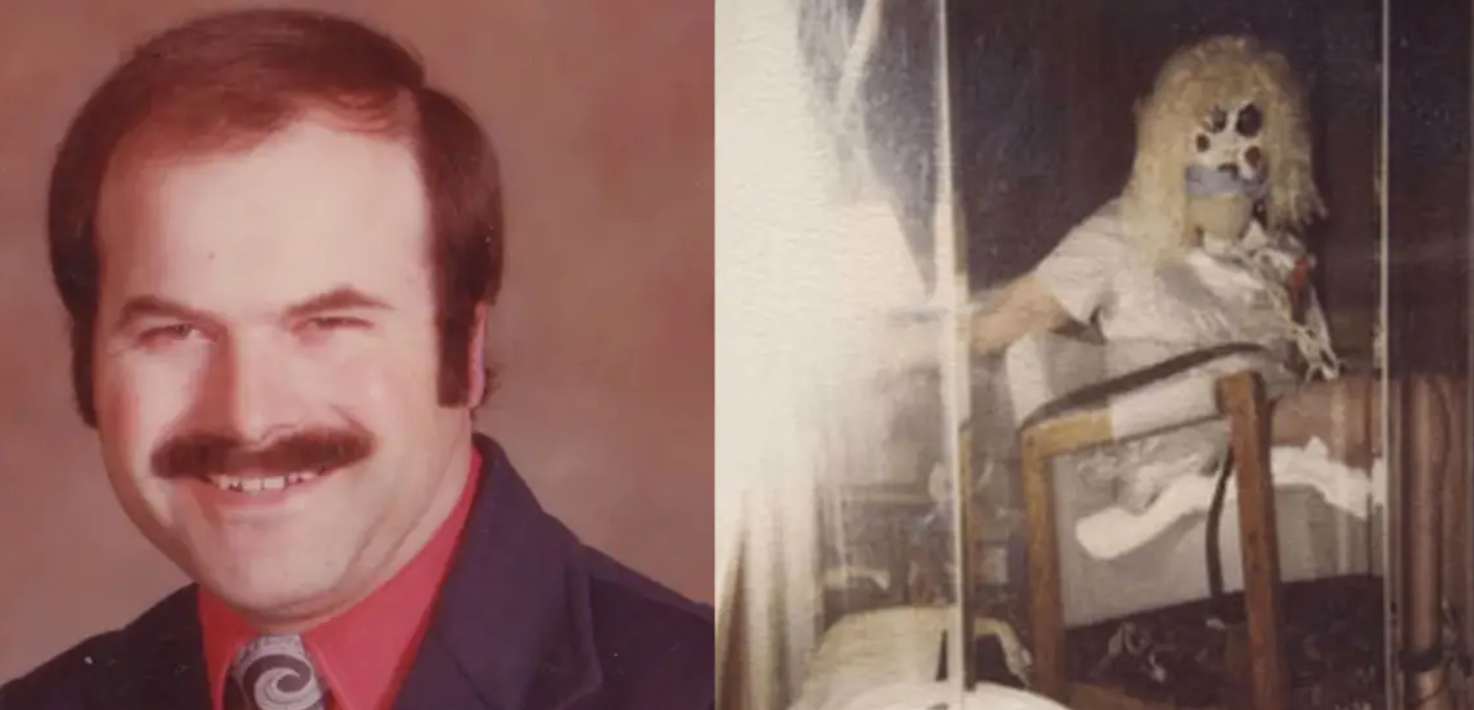
Little did they know, the BTK Killer was the individual installing the very system designed to keep him out.
Rader would also use his time installing the security systems for businesses as scouting opportunities — looking at nearby neighborhoods and following single women.
He first used the moniker “BTK” in communications with the media and authorities during his killing spree in the 1970s. The term “BTK” stands for “Bind, Torture, Kill,” which describes his modus operandi.
What is Dennis Rader’s M.O.?
Dennis Rader’s M.O., or modus operandi, involved fantasizing about and meticulously planning and executing his murders. Rader has shared that he’s motivated by his sexual fantasies, and when his urges to fulfill those fantasies became too strong, that’s when he would graduate from thought to action on his “projects” — or “PJ”s in his writing for short.
Because Rader got the most pleasure from stalking a victim, binding them, then torturing them, he has been described as a power-control killer. For Rader, it seemed that the killing was the “ultimate moment” — but it wasn’t really what he lived for.
“What he lived for was the process,” Scott Bonn, a criminologist, said.
Rader would often target women, although some of his victims were men — but they were collateral to get to the women. Rader’s approach typically involved stalking his victims for some time to watch them and learn their routines for his attack plans. Once he felt comfortable with his plan of approach, Rader would cut the unsuspecting victim’s phone line, break into their home, and then surprise them once they arrived.
As a means to gain control and fulfil his sexual fantasies, Rader would bind his victim’s hands and feet, and then proceed to torture and eventually kill them. Rader used a variety of methods for torture and murder, including strangulation, suffocation, and stabbing — all while brandishing a gun to induce fear and gain control.
When he wasn’t killing, Rader would often relive “the ecstacy of the murder” by taking photographs of himself in the victims’ clothing in compromising and vulnerable positions.
Rader was known for taunting law enforcement and the media with letters, poems, and other communications describing the details of his crimes that only the killer would know. He enjoyed the attention and wanted to establish himself as a notorious serial killer.
In his letters, he talked about having a “factor x” which was a part of his personality or psyche that led him to commit these horrible crimes.

Who is Kerri Rawson, the daughter of Dennis Rader?
Kerri Rawson, a writer, survivor, fighter, advocate, and Dennis Rader’s daughter, is a passionate advocate for victims of abuse, crime, and trauma.
Kerri says she had no idea that her father was living a double life — one as a firm family man, and another as a sadistic killer.
“Most of the time [my father] was even-keeled and kind and warm,” his daughter Kerri Rawson told ABC News in 2019. She went on to say how sometimes he seemed to let his temper flare, and that he would become harsh or “have flashes of anger” that she never anticipated.
More recently, Kerri has taken to social media to not only share her deeply insightful story of overcoming the trauma of her serial killer father, but to advocate for unsolved cases.
Currently, Kerri is actively working with law enforcement agencies in Kansas to assist in their investigation into cold cases of missing or murdered women.
Police believe that her father, BTK, is responsible for additional crimes.
Kerri said investigators have now zeroed in on the site of a metal shed in the backyard of her childhood home in Park City, Kansas, where it is believed Rader may have hidden “trophies” stolen from his victims — such as driver’s licenses or items of clothing.
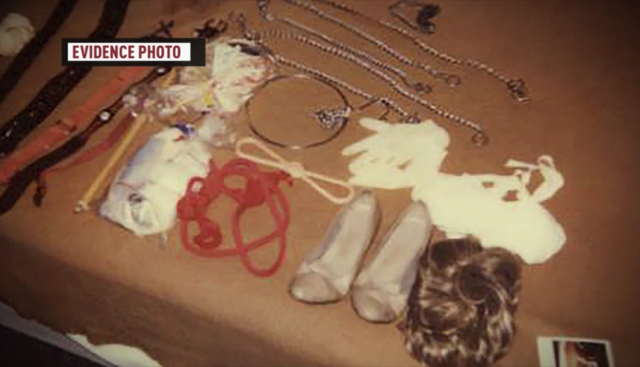
“[My father] was known to hide things in our house,” Kerri revealed in a recent interview. “He built a false bottom in our hallway where he hid evidence like driver’s licenses before… We also had two dogs die, and he buried one of them in the backyard in the 90s. I’ve always theorized that he might have buried stuff in there too.”
Kerri made the brave trip to face her dad in prison for the first time in 18.5 years. She said that Rader is “fragile” in a wheelchair, and that his poor eyesight and ailing health make her believe that she “doesn’t know how much time he has left.
When she pressed her father for details about his possible connection to more cold cases, , she says he brushed her off, and came up with an alibis.
“He could tell I was there for answers,” Kerri said. “It was surreal.”

In response to a Twitter user asking Kerri if she thinks her father is telling the truth about his lack of involvement in these new cases, she said:
“He is what he is.
A pathological liar.
A narcissist.
A sexual sadistic psychopath.
A 24/7/365 serial killer.
A predator.
And a dad.”
“I am not accusing him of these crimes, and I’m still waiting for evidence,” Kerri has insisted as quoted by the Daily Mail — adding that she is planning on returning to the prison in the coming months for another visit with her father.
How was Dennis Rader caught?
After a long hiatus, Rader resurfaced in 2004 with a series of communications to local media and authorities, which ultimately led to his arrest in 2005.
In one letter to police, Rader asked if his writings on a floppy disk could be traced back to him. In response, the police posted an ad in The Wichita Eagle saying it would be safe for him to send the disk.
On February 16, 2005, once the purple 1.44 Megabyte Memorex floppy disk was in the hands of the police, detectives uncovered a deleted file containing the words “Christ Lutheran Church.” Even more damning, the file was last modified by a “Dennis.” Armed with that information, they learned of a “Dennis Rader” who was president of that church’s council.

This led them to more evidence that gave them enough to obtain a warrant to test a pap smear taken from Kerri while at the Kansas State University medical clinic. Genetic genealogy testing showed a “familial match” between the pap smear, and perpetrator DNA found under victim Vicki Lynn Wegerle’s fingernails.
On the afternoon of February 25, 2005, nine days after mailing the floppy disk, Dennis Rader was arrested.
An arresting officer asked, “Mr. Rader, do you know why you’re going downtown?” Rader replied, “Oh, I have suspicions why.”
What happened after Rader’s arrest?
After Rader was arrested, his home, vehicle, the church he attended, his office at City Hall, and the main branch of the Park City library were all searched. Investigators initially found computer equipment and a pair of black pantyhose in the backyard shed. They would later find the driver’s licenses of other victims, and photographs of Rader dressed up like the victims, typically posed in provocative manner.
At a press conference the next morning, Wichita Police Chief Norman Williams announced, “the bottom line: BTK is arrested.”
Once booked, Rader was charged with 10 counts of first degree murder. He originally did not speak at his May 2005 arraignment, so the judge entered “not guilty” pleas on his behalf; a month later, Rader changed his pleas to guilty. He described the murders in detail — and made no apologies.
Did Rader confess to the murders?
Dennis Rader did confess to the 10 known murders.
On June 27, 2005, Rader gave a dramatic, televised confession in which he described killing his 10 victims. Below is the complete, unabridged version of his 46 minute confession streaming on KWCH-12 CBS.
While recounting his first murders of the Otero family, Rader said that the family started offering their car and money to get him to stop.
“I guess they didn’t have very much money, and the – from there I realized that, you know, I was already – I didn’t have a mask on or anything. They already could ID me, and made – made a decision to go ahead and – and put ‘em down, I guess or strangle them.”
At Rader’s August 18, 2005 sentencing, victims’ families made statements, after which Rader apologized in a rambling 30-minute monologue. The judge later argued that he felt the apologies were insincere.
Why did Dennis Rader have so much time between murders?
Despite killing 10 people over the course of two decades, Rader often went years between murders. This long “cooling off period” is something that Bonn says is “very atypical.”
Most serial killers go a few months or years between taking the lives of someone — mainly because for them, it satisfies a particular urge that can only be dissipated after the thought is carried out. These urges have been compared to the likeness of people suffering with substance use disorders.
Some offenders have been known to have longer cooling off periods because of major life changes, like getting married, having children, or moving to a new location. Others sometimes have an increased fear of capture if law enforcement agencies publicly intensify their efforts to solve crimes. The increased fear can also be a result of slipping up and leaving evidence at a previous crime scene, so the offender will slow their pace to gain more control.
Dr. Ramsland theorizes that Rader was “always looking” for his next victim, but that his life demands as a father, husband, and employee would grow, so his ability to come up with excuses to go out and perpetrate crimes became jeopardized.
“It’s not like he was inactive during those periods of time. It’s that he didn’t have all the right circumstances to go forward with something,” she said.
Now, there’s unearthed evidence that may prove Rader wasn’t inactive during those periods at all.
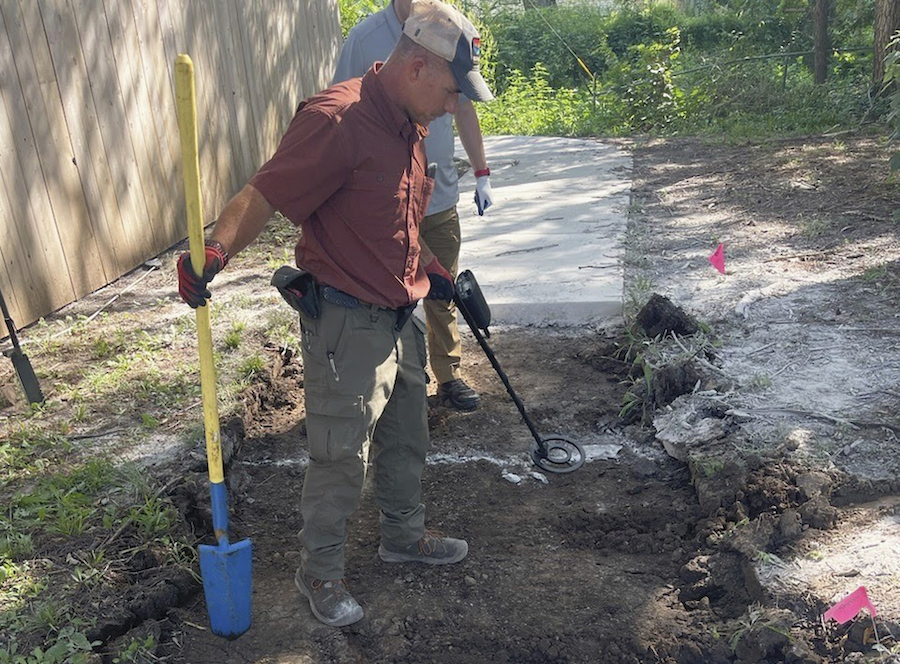
Investigators digging in Dennis Rader’s old backyard looking for evidence.
Rader provided Dr. Ramsland with a list of 55 “projects” — or potential victims he had once targeted — that included specific details about the targets and what he’d like to do if he had the time. She said that his fascination with cutting out magazine pictures of naked women, drawing graphic and violent images, and dressing up like the victims and strangling himself enabled him to delay his killings.
Rader stated in his police interview that “there are a lot of lucky people,” — meaning that he had thought about and developed various levels of murder plans for other victims.
This active fantasy life is something that allowed him to relive his crimes between kills, and it’s a behavior experts have seen in other offenders.
Content about BTK
If you’re looking to read anything about BTK, we suggest first reading Kerri Rawson’s book A Serial Killer’s Daughter: My Story of Faith, Love, and Overcoming.
- A character based on Rader played by actor Sonny Valicenti appears in the Netflix series Mindhunter.
- The antagonist from the movie The Clovehitch Killer was inspired by Dennis Rader
- Kane Hodder portrays Rader in the 2008 movie B.T.K., a half biopic and half fictionalized account of the murders
- Documentaries “BTK Killer: The Decades Long Hunt For The Monster” and “BTK: Catching One Of The Most Infamous Serial KIllers”
- A&E’s “BTK: Confessions of a Serial Killer”
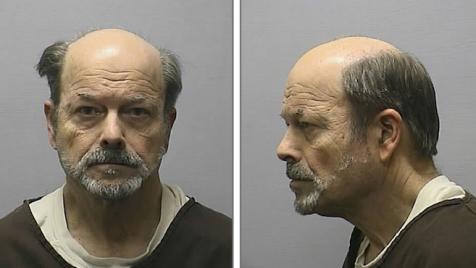
Love this post? Meet the Author.
Andrea Cipriano is a Case Researcher and Content Specialist at Uncovered, where she writes for the twice-weekly true crime newsletter, The Citizen Detective. Andrea graduated with a Master of Arts in Forensic Psychology from John Jay College of Criminal Justice where she focused on researching and peeling back the criminal mind. Andrea believes that it’s never too late for justice.
Uncovered has built a community for thoughtful true crime discussion, advocacy, and comprehensive cold case research. We are the hub for novice and experienced researchers alike, helping members further develop their citizen detective skills. Sound like something you’re interested in? Join our community. Together, we can make a difference.
